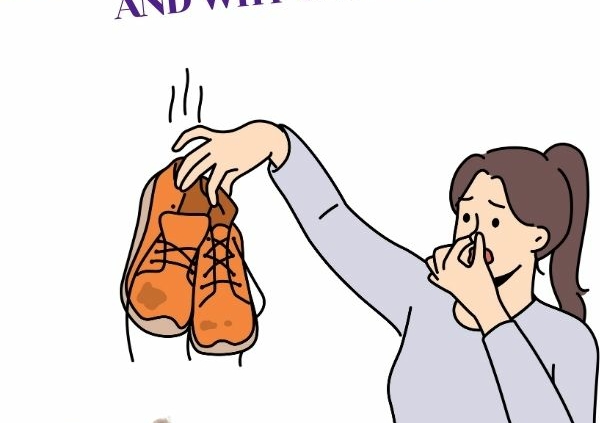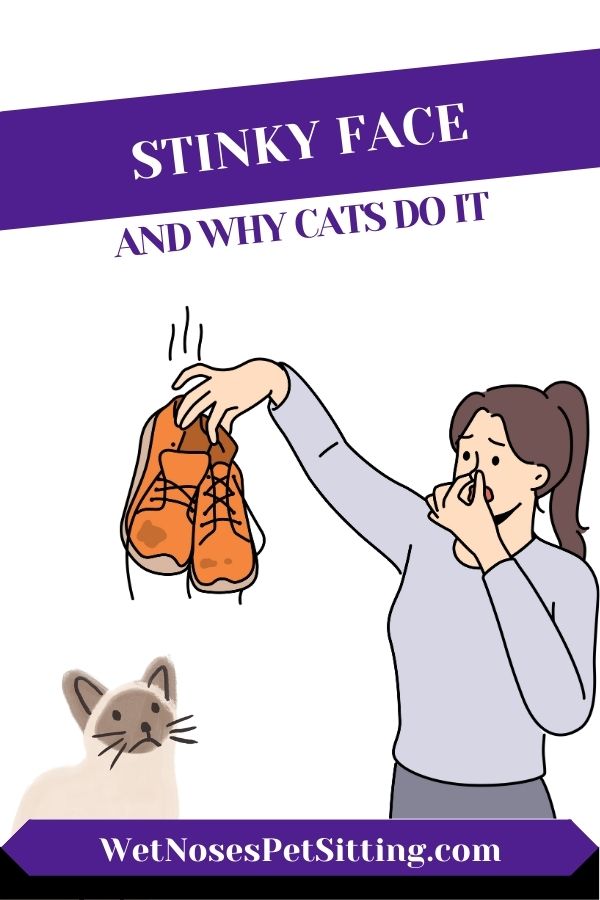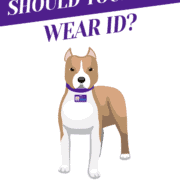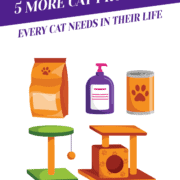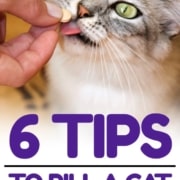Stinky Face and Why Cats Do It
Stinky Face and Why Cats Do It
It may seem like an odd heading for a blog but cat enthusiasts everywhere delight in the many videos online that show the hilarious reactions of cats to all kinds of smelly things.
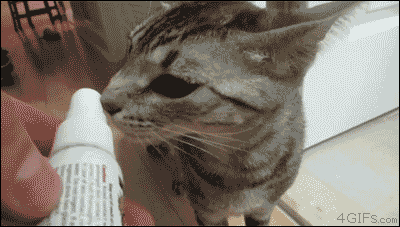
Most call it the stinky face look and it is the face a cat makes when they catch a scent of something interesting.
Why do cats make stinky face?
It happens when a scent enters the nose through what is known as the Jacobson organ or vomeronasal organ. This is a smell organ that is found in the soft tissue of the nasal septum. There are actually two little sacks that split the scent for better identification purposes. The discovery was by a person named Jacobson when he discovered it next to the vomer bone.
It is a scent analyzer that is found not only in domestic cats but also in their relatives the lion and tiger. Other animals with this unique scenting organ are goats, giraffes, rhinos, Elk, buffalo, tapirs and even our little hedgehog friends. Our beloved dogs do have them but with two thirds less capability in its usage. Sadly humans have lost this ability so it is most prevalent in the animal kingdom.
You might see a cat looking like it’s gagging with their eyes in a shocked or bugged look. Some kitty’s will stick out their tongue, but all of these behaviors are an attempt to hold on to this different smell to determine things about it.
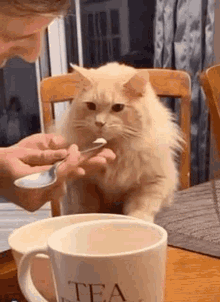
There is another name for this reaction and it is called the “Flehman” response. Male cats use it to determine mating capabilities of the closest female feline. While the momma kitty uses it to keep track of her kittens!
This smell-o-vision in cats is their version of HD TV! Because of the feline’s ability to pick up scents that humans cannot, we have to be careful about perfumes and other strong odors when we live with these delightful furry family members.
The cat has 14 times MORE sensitivity to smells than human beings. We have about 5 million olfactory receptors, your kitty has approximately 45-80 million and some say up to 200 million scent receptors!
Is there another reason for this in the wild?
Cats greet others differently than we humans, obviously because they don’t have hands to shake with! They use the smell of biochemical compounds that are secreted while doing a head bump, asking themselves if they like this smell? If yes then comes the cheek rub that releases pheromones from glands in these areas. By evaluating the chemical signatures of other individuals or animals they can determine friend or foe. I find this all incredibly fascinating don’t you?
You may have noticed how your cat rubs on your shoes when you come in from being gone all day. Or, perhaps you see them cheek rubbing chair legs, corners of cabinets and sofas. All this is to mark “their” own scent so other cats know this is their domain!
Here is where your kitty’s scent glands are located.
- In her mouth and sides of her head
- The pads of her front paws as well as her tail
The reason your cat scratches on things is to leave their scent along with removing the outer layer of their nails as they continue to grow.
The stinky face look is your cat actually “tasting” the smell. Our cats are so complex! And it is in the discovering of all these little intricacies of their makeup that make it a thrilling adventure!
Years ago we had a cat named Zoey. From the time she was a kitten she would stick her face inside your shoe and fall asleep. She also would sniff everyone’s breath when they came into the house. Weird or not, this sweet cat loved her people and especially dogs!
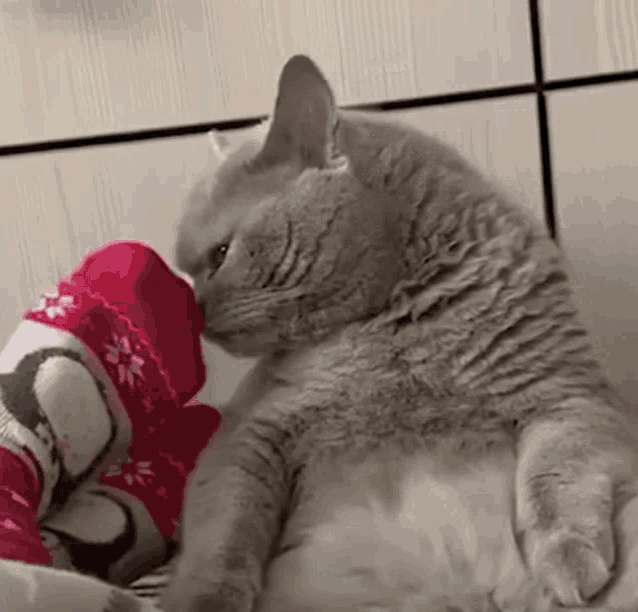
I’m having a lot of fun finding these gifs to share.
When is stinky face something to be concerned about?
I should point out here, that continued open mouth breathing or panting could be signs of your cat in some sort of respiratory distress. If your cat’s breathing rate is over 50 breaths a minute you’ll need to contact your veterinarian for an exam. To determine how many breaths just count the number of times they breath in a 15 second period, then just multiply that number by 4.
To wrap all this up, our feline friends are experts in detecting smells that you and I may never pick up on. So make sure to keep the areas they are in like eating, sleeping and the litter box free from strong scents.
Keep enjoying the delightful and entertaining videos of cats and kittens smelling things and remind your cat with a gentle under chin or one finger cheek rub that you are not so much laughing at them but just enjoying their unique facial expressions to all kinds of scents!

